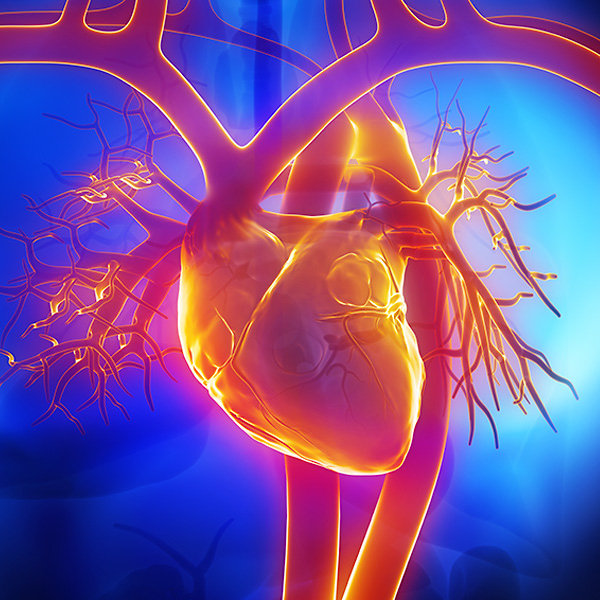Cardiac Syndrome X
Overview and Facts about Cardiac Syndrome X
Cardiac syndrome X is a heart condition associated with microvessel dysfunction and increased sensitivity to cardiac pain. Individuals with cardiac syndrome X often experience chest discomfort that feels like a heart attack even though they have normal coronary artery and heart function.
Cardiac syndrome X most often occurs in postmenopausal women, women over the age of 55 and women who have had a hysterectomy. There is a strong survival rate for individuals with this condition.
Signs and Symptoms of Cardiac Syndrome X
The most common symptom associated with cardiac syndrome X is chest pain that feels like a heart attack, most often occurring during periods of exercise. During an electrocardiography exam, doctors typically observe a phenomenon called an ST-segment depression, which is a sign of cardiac syndrome X.
Other symptoms may include:
- Migraine headache
- Pain that spreads from the chest to the arms, neck, jaw, back or stomach
- Nausea and/or vomiting
- Lightheadedness
- Sweating
- Shortness of breath
Causes and Risk Factors of Cardiac Syndrome X
Causes of cardiac syndrome X may include:
- Uncontrolled inflammation
- An abnormal response to heart stress or pain
- Microvessel constriction or tightening, which may or may not be due to failed nitric oxide metabolism
- In women, low estrogen levels, because estrogen plays a role in protecting the blood vessels
Although individuals with cardiac syndrome X have high survival rates, they are often hospitalized for cardiac emergencies, such as heart failure, stroke, and other cardiac issues more often than individuals without cardiac syndrome X.
Tests and Diagnosis of Cardiac Syndrome X
Since cardiac syndrome X is most common in older women, an individual’s medical history, age, and gender are assessed first. Then, a variety of tests may follow, including:
- Electrocardiography or electrocardiogram imaging, which is used to identify an ST-segment depression in individuals with suspected cardiac syndrome X
- Coronary angiography imaging, which is used to determine if blood flow may be blocked or obstructed within the coronary arteries
- Chest and special x-rays, which are used to determine if the heart and blood vessels are functioning properly
Treatment and Care for Cardiac Syndrome X
Cardiac syndrome X is mainly treated through medication. Special heart medications, such as calcium channel blockers and beta-adrenergic receptor blockers, are typically administered to control heart attack and other cardiac symptoms.
Medications that help reduce blood vessel constriction, such as statins and angiotensin-converting enzyme (ACE) inhibitors, are also used to improve blood flow through microvessels. Chest and/or body pain can be managed through pain medication, acupuncture, and relaxation or breathing exercises.

